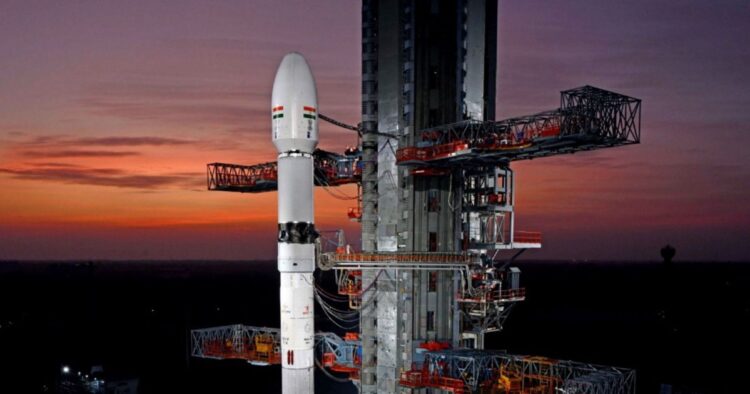Bharat’s space agency, ISRO, is gearing up for a significant mission as it prepares to launch the meteorological satellite INSAT-3DS into space. The satellite will be carried aboard the Geosynchronous Launch Vehicle, GSLV-F14, marking the rocket’s 16th mission overall and its 10th flight with the indigenous cryogenic engine. Scheduled for liftoff at 5:35 pm Saturday from the Satish Dhawan Space Centre in Sriharikota, this mission holds crucial importance for the GSLV, known colloquially as the “naughty boy” due to its mixed track record.
Mission Importance:
The success of this mission is paramount as the GSLV is slated to carry the Earth observation satellite NISAR later this year. NISAR, a collaborative effort between NASA and ISRO, aims to map the entire globe within 12 days, providing comprehensive data on Earth’s ecosystems, ice mass, sea levels, and natural hazards like earthquakes and tsunamis.
Challenges and Past Performance:
The GSLV has faced challenges in the past, with four out of its 15 launches ending in failure. In contrast, ISRO’s PSLV, with 60 missions under its belt, has only seen three failures, while its successor, LVM-3, remains flawless with no failed missions among its seven launches.
INSAT-3DS Mission Details:
INSAT-3DS, weighing 2,274 kg with a mission life of 10 years, will supersede the functions of INSAT-3D (launched in 2013) and INSAT-3DR (September 2016), which have reached the end of their operational lives. Funded entirely by the Ministry of Earth Sciences, the satellite is expected to be injected into a 36,647 km x 170 km elliptical orbit approximately 18 minutes after launch.
Functionalities and Benefits:
Once operational, INSAT-3DS will provide advanced weather observations of both land and ocean surfaces. It will facilitate short-range forecasts of extreme weather events such as thunderstorms, aid in visibility estimation for aviation purposes, and contribute to the study of phenomena like forest fires, smoke, snow cover, and climate patterns.
The launch of INSAT-3DS signifies a significant step forward for India’s space program, showcasing the nation’s capabilities in satellite technology and space exploration. With the success of this mission, ISRO will be poised to further its endeavors in Earth observation, weather forecasting, and scientific research, bolstering its reputation as a leading player in the global space community.

















Comments